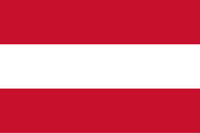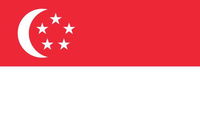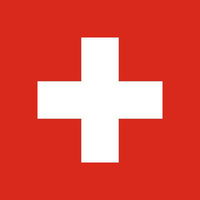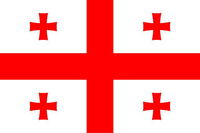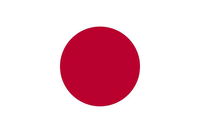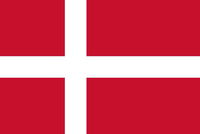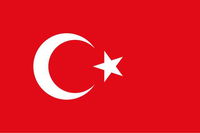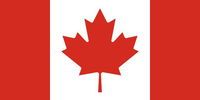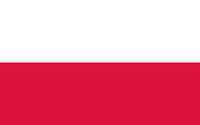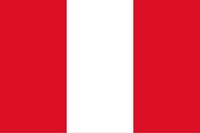Quiz Answer Key and Fun Facts
1. Once the centre of a major empire
2. Prosperous city-state
3. Famously neutral
4. Shares its name with a US state
5. Cherry blossoms and fast trains
6. Oldest extant monarchy in Europe
7. A large transcontinental country
8. World's longest coastline
9. Invaded by Germany in 1939
10. Once ruled by the Incas
11. A former British colony
12. Only indigenous monarchy in Oceania
Source: Author
LadyNym
This quiz was reviewed by FunTrivia editor
Bruyere before going online.
Any errors found in FunTrivia content are routinely corrected through our feedback system.

